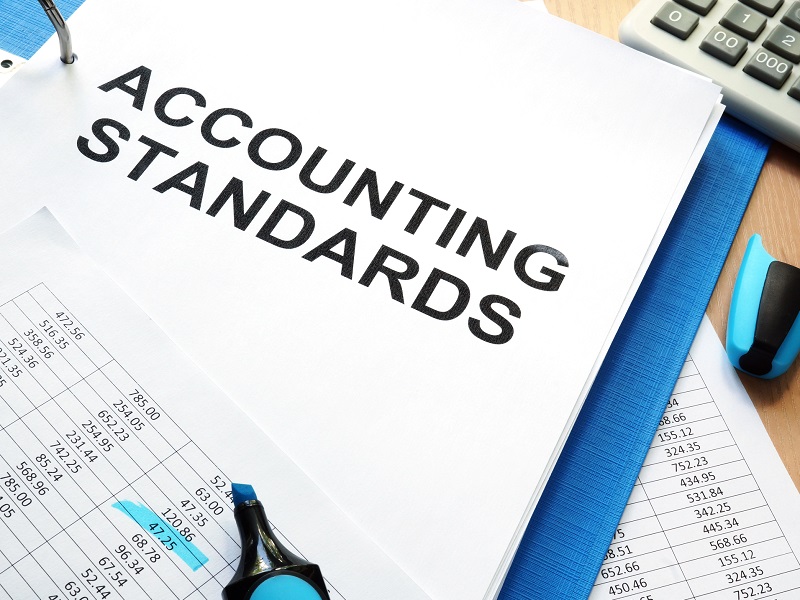
Understanding audit requirements for incorporated associations in Victoria
New regulations governing incorporated associations became effective on 18 November 2023, which include changes to financial reporting thresholds that are used to determine the annual financial reporting requirements for incorporated associations.
Consumer Affairs Victoria’s (CAV) financial reporting thresholds for Tier 1, Tier 2 and Tier 3 incorporated associations now align to the Australian Charities and Not-for-profits Commission’s (ACNC) financial reporting thresholds for small, medium, and large charities.’
Read below to understand audit requirements and reporting thresholds for incorporated associations in Victoria.
New revenue thresholds effective 1 July 2024
For financial years ending on or after 1 July 2024 (i.e. for financial years ending on 31 December 2024 or 30 June 2025), an incorporated associations tier will be determined based on the following new revenue thresholds:
Tier One: Total revenue less than $500,000
Tier Two: Total revenue between $500,000 and $3 million
Tier Three: Total revenue more than $3 million
These thresholds will determine your reporting obligations, including whether you need to have your financial statements externally reviewed or audited.
The below table summarises the annual reporting requirements for each tier:
| Tier 1 | Tier 2 | Tier 3 | |
| Prepare financial statements | Yes | Yes | Yes |
| Certify financial statements at AGM | Yes | Yes | Yes |
| Lodge financial statements with CAV | No | Yes | Yes |
| Type of financial statements | Special Purpose Financial Statements (SPFS) | SPSF if not a “reporting entity” Or General Purpose Financial Statements – Simplified Disclosure Requirements (Tier 2) Or GPFS – Full (Tier 1) | |
| Review or audit | No | Reviewed by an independent accountant | Audited by an independent registered company auditor. |
What does this mean for tier 1 associations?
For smaller not-for-profits falling under Tier 1 (total revenue less than $500,000), the good news is that you have fewer reporting obligations. Specifically:
No mandatory audit or review
Tier 1 associations do not need to have their financial statements externally reviewed or audited although there are exceptions to the rule.
You may still need to conduct a review or audit if:
- Your organisation’s rules specifically require it.
- A majority of members vote for a review at a general meeting.
- The Registrar of Incorporated Associations directs your organisation to conduct a review or audit.
Why this matters
For many small incorporated associations, the cost and effort of having an external audit or review can be significant. Understanding these new thresholds helps ensure you’re not taking on unnecessary burdens. However, it’s important to review your organisation’s rules and consider whether an audit or review might still be beneficial for transparency and accountability, even if it’s not required by law.
The difference between a review and an audit
It’s also crucial to understand the distinction between a review and an audit.
Review
A review provides limited assurance and involves the accountant making inquiries and performing analytical procedures. It’s less detailed and less costly than an audit.
Audit
An audit offers a higher level of assurance and involves a thorough examination of your financial records. An auditor will express an opinion on whether the financial statements give a true and fair view of the organisation’s financial position.
Next steps
It is important boards and committees of incorporated associations consider what impact these change in financial reporting thresholds may have on your future reporting obligations.
If these changes impact your reporting requirements, to ensure such changes align to your goals and objectives, we recommend you:
- review your association’s rule book/constitution
- consult members regarding any changes.
For more information on financial requirements related to all tiers, visit the Consumer Affairs Victoria (CAV) website.
Staying compliant and informed will help your incorporated association focus on its mission without unnecessary administrative burdens. If your organisation is looking for an audit or a review, please contact our external auditors today.




